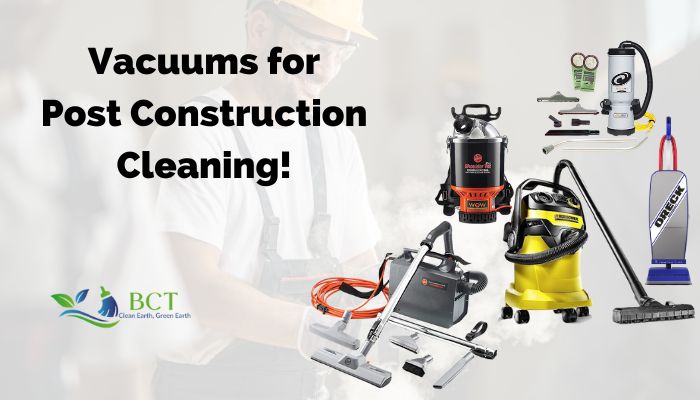In this modern era, where technology seems to change faster than the seasons, it’s important to grasp the fundamentals of practical cleaning tools. As a cleaning expert, I will provide you with a step-by-step guide on effectively utilizing a wet vacuum cleaner to effortlessly tackle the most challenging spills and wet messes. So, gather around as we embark on a journey towards mastering the art of cleaning, with this comprehensive guide on using a wet vacuum cleaner like a seasoned professional.
Steps to Use a Wet Vacuum Cleaner
:max_bytes(150000):strip_icc()/rs-bissell-2554a-crosswave-cordless-max-tout-87ee01ce27fc46f7b78b4381ffc25429.jpg)
Wet vacuum cleaners are versatile tools that can be used to clean up a variety of messes, including water spills, mud, and pet hair. Here is a step-by-step guide below:
Remove the bag and any filters.
Wet vacuum cleaners are not designed to use bags, so you will need to remove them before you start cleaning. You should also remove any filters that are not designed for wet use.
Attach a foam sleeve to the vacuum.
The foam sleeve will help to protect the vacuum’s motor from water damage.
Attach a wet nozzle.
The wet nozzle will help direct the water flow and prevent it from splashing back out of the vacuum.
Plug the vacuum into a GFCI outlet.
GFCI outlets are designed to prevent electrical shocks, which is important when you are using a wet vacuum cleaner.
Place the nozzle on top of the water.
Hold the nozzle in place until it sucks up most of the water in the area.
Move to a new area and repeat.
Continue to move the nozzle around the area until all of the water has been vacuumed up.
Filter out debris.
If the vacuum has a filter, you will need to filter out any debris that has been sucked up.
Safely dispose of water.
The water you have vacuumed may be contaminated, so it is important to dispose of it safely. You can pour it down the drain or take it to a hazardous waste disposal facility.
Clean and disinfect the canister and accessories.
Once you have disposed of the water, you will need to clean and disinfect the canister and accessories. This will help to prevent the spread of bacteria.
Empty the water tank when full.
If your vacuum has a water tank, you must empty it when it is full. This will help to prevent the vacuum from overflowing.
Clean your appliance.
Once you have finished cleaning, you will need to clean your appliance. This will help to keep it in good working condition.
Store your vacuum.
When you are not using your vacuum, you should store it in a dry, cool place.
Additional Tips
- If you are cleaning up a large amount of water, you may want to use a hot water extraction unit. Hot water extraction units are similar to wet vacs, but they can hold more water and can be used to clean up more stubborn messes.
- If you are cleaning up a mess that contains chemicals, you should wear gloves and a respirator to protect yourself.
- If you are cleaning up a mess that is caused by a flood, you should also check for electrical damage. If you see any electrical damage, you should call an electrician.
Can I put water in a wet vacuum?
Yes, you can put water in a wet/dry vacuum. However, you should never vacuum water unless your vacuum is a wet/dry vacuum rated for water. Wet/dry vacuums range in capacity from 1 gallon up to 20 gallons, with most vacuums in the 4- to 10-gallon capacity range.
Should I leave the filter in a wet vac when vacuuming water?
You should remove the filter from a wet/dry vac when vacuuming water. Liquids can damage filters and you could ruin your vacuum if you suck up water before removing the filter.
The filter prevents dust from blowing out of the top while you’re cleaning. If a filter gets wet, it won’t be usable anymore. Depending on the vacuum model, you may be able to leave the filter in place when vacuuming a small amount of water. However, you should always rinse the filter and allow it to dry after vacuuming to prevent mildew.
How often do I change the filter in a wet vacuum cleaner?
Most manufacturers recommend changing your filter every 3-6 months. However, you should change your filter even earlier depending on usage and allergy care.
You should replace your shop vac filters when you notice any rips, tears, or stuck-on stains from paint or other debris on them. When dust and other particles escape the filter, they can clog your unit and cause your shop vac to lose suction.
You can clean a shop vac filter with water, but you should let it completely dry before reuse.
Benefits Of Using a Wet Vacuum Cleaner

Wet vacuum cleaners offer several advantages over dry vacuum cleaners:
- Versatility: They handle both wet and dry messes effectively.
- Deep Cleaning Power: They remove ingrained dirt and stains more thoroughly.
- Efficient Water Extraction: They quickly and effectively extract water from surfaces.
- Odor Control: They minimize unpleasant smells associated with liquid spills.
- Time-Saving: They combine cleaning and drying processes.
- Hygiene and Allergen Control: Models with HEPA filters trap allergens and improve air quality.
- Pet-Friendly Floor Cleaning: They remove pet messes and odors efficiently.
- Commercial and Industrial Use: They handle large spills and industrial-grade messes.
- Prevents Damage: They prevent long-term damage to surfaces and materials.
Overall, wet vacuum cleaners provide efficient, versatile, and effective cleaning solutions for both wet and dry messes.
Conclusion
I hope this comprehensive guide has helped you understand how to use a wet vacuum cleaner properly to achieve the best results. By following these steps and practicing good maintenance, you can ensure that your living space remains clean and hygienic. Remember to always prioritize safety




